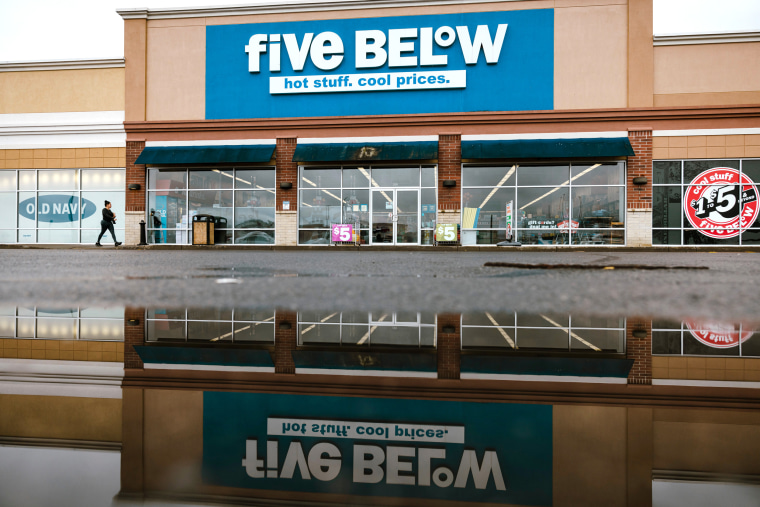In the ever-evolving landscape of retail technology, the advent of self-checkout systems has been a major disruptor in the industry. These automated systems were once heralded as the future of retail, promising quicker transactions, reduced labor costs, and improved efficiency for both customers and businesses. However, recent developments suggest that major retailers are now backtracking on their embrace of self-checkout technology.
One of the primary reasons behind this shift is the realization that self-checkout systems may not always deliver on their promises of increased efficiency. While these systems were intended to streamline the checkout process and reduce wait times, many customers have reported experiencing difficulties and frustrations when using self-checkout machines. Issues such as technical glitches, difficulties scanning items, and the need for manual intervention from store staff have often led to longer transaction times and a less-than-optimal shopping experience.
Moreover, the rise of e-commerce and online shopping has changed the way consumers interact with retailers. As more customers turn to online platforms for their shopping needs, brick-and-mortar stores are increasingly focusing on enhancing the in-store experience to attract and retain customers. This shift in consumer behavior has prompted retailers to reevaluate the role of self-checkout systems in their stores and prioritize personalized service and human interaction over automated processes.
Additionally, concerns around theft and security have been a significant factor in retailers reevaluating their use of self-checkout technology. Studies have shown that self-checkout systems are more susceptible to theft and fraudulent activities compared to traditional cashier-operated checkout lanes. This has led to increased scrutiny from retailers and a reevaluation of the cost-benefit analysis of implementing self-checkout systems in their stores.
In response to these challenges, some major retailers have begun to scale back their reliance on self-checkout technology and reinvest in traditional manned checkout lanes. By prioritizing customer service and convenience, these retailers are seeking to create a more positive and engaging shopping experience that builds customer loyalty and drives repeat business.
Ultimately, the shift away from self-checkout systems highlights the importance of adaptability and customer-centric strategies in the retail industry. While technology can offer significant benefits in terms of efficiency and convenience, retailers must carefully consider the impact on the overall customer experience and be willing to make adjustments when necessary. By listening to customer feedback, understanding changing consumer preferences, and prioritizing human interaction, retailers can create a shopping environment that meets the evolving needs of today’s shoppers.

